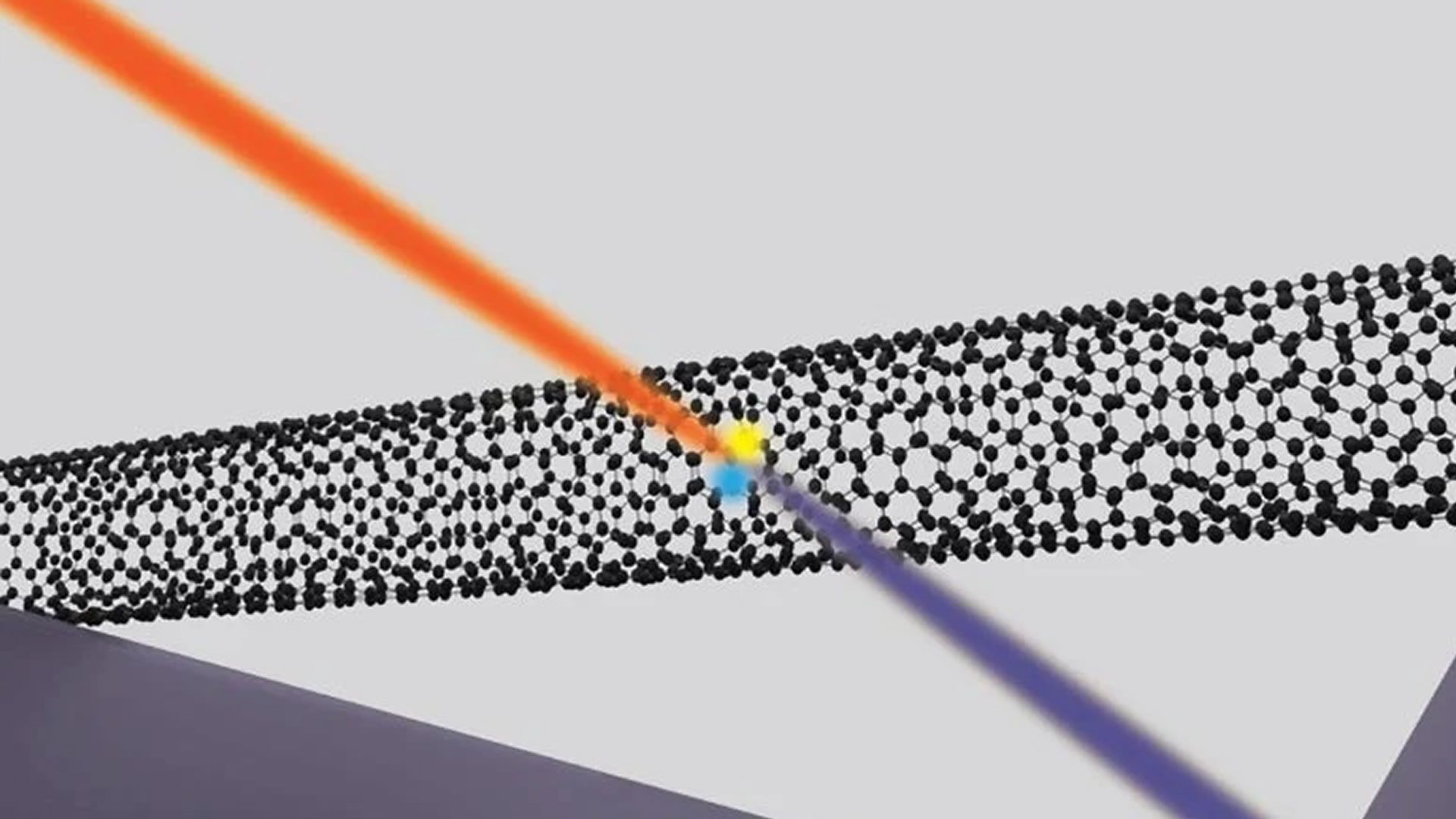Scientists Stunned by Reverse Phenomenon Where Infrared Light Gives Off Brighter Light Without Defects

In a groundbreaking discovery, researchers have found that certain materials exhibit up-conversion photoluminescence (UCPL), where low-energy infrared light is absorbed and converted into higher-energy bright light. While conventional wisdom suggests the opposite occurs, scientists at RIKEN's laboratory have successfully demonstrated this phenomenon in pristine single-walled carbon nanotubes, challenging earlier theories on the process.
According to Dr. Yuichiro Kato and his team, who conducted an exhaustive study, UCPL involves materials absorbing infrared radiation and emitting brighter light with higher energy levels - defying normal expectations. The researchers observed that even under pristine conditions, without any defects or impurities in the nanotube structure, the intriguing phenomenon occurred.
In essence, this phenomenon mimics a reverse energy inversion where charging a low-voltage power source like an AAA battery generates remarkable output - much like powering high-power appliances with it. This novel finding by RIKEN's researchers opens doors to exploring intrinsic mechanisms behind UCPL and paves the way for breakthroughs in renewable energy technologies and photon-based systems.
As of now, further research is warranted to understand the exact mechanism driving this reverse phenomenon. Nonetheless, the scientific community is abuzz over the prospect of harnessing low-energy infrared light with unprecedented efficiency - a promising sign in our pursuit of innovative solutions to tackle global challenges ahead.
